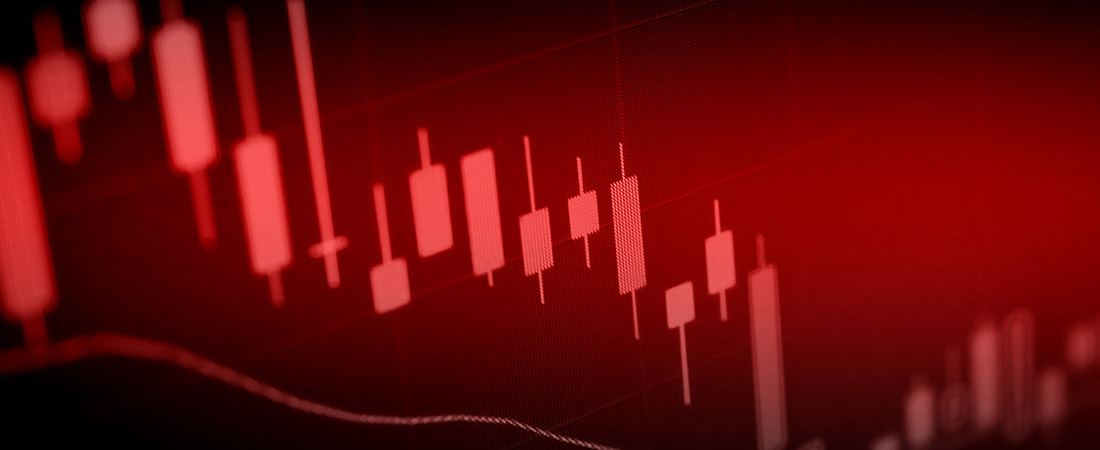Mar 20, 2018
What Does It Mean to “Buy the Dip?”
It’s timing the market and it’s not always the best idea for beginner investors.

In the investing world you’ll often hear the phrase: “buying on the dip” or “buy the dip.” But what does that mean?
Buying on the dip essentially means making a purchase of a stock, fund, or some other security after the share price has dropped in value. The drop in price can be caused by some event that affected the company or fund directly, or it can be the result of a drop in the broader stock market.
Numerous stocks and funds lost value in February, for example, when key indexes experienced something called a correction, which happened after they dropped about 10%. Markets soon recovered.
And if you had bought a stock that fell during the winter correction, it’s likely you could have benefitted from rising stock prices in the immediate aftermath.
While buy the dip may seem like a good time to invest, it’s perhaps not as smart a strategy as buying and holding.
Buying the dip vs dollar-cost averaging
Whether it’s ETFs, mutual funds or stocks, buying and holding means you purchase a stock or fund you believe in, and hold on to it for a period of years.
Think of it this way: It’s rarely a good idea to try to time the markets. On average, stocks have returned about 9% over the last 80 years. Going forward, that return is likely to be closer to 5.9%, according to research. By buying and holding, you’re more likely to experience consistent gains over time.
In fact, it could be that you’ll earn just one third as much on your investment by buying on the dips than buying and holding, according to some research. Why? Because you’ll be keeping your investment money in cash for longer periods of time than you might otherwise, waiting for that event when a stock or fund declines in value. During that time, your cash will sit on the sidelines, potentially earning only a small amount of interest in a savings account.
Buying the dips has some other possible problems. It’s hard to know when a stock or the market has reached a bottom, according to some experts, or you might wait too long and buy after a stock has recovered most of its value.
Similarly, you could also be waiting for an extreme event, such as a bear market–when stocks lose 20% of their value or more– for a long time, as they are relatively rare occurrences.
Capitalizing on market drops
That’s not to say buying the dips is always the wrong idea, either.
It might make sense for investors who want to add more stocks to their portfolios, or who think there’s a long way to go with the current bull market, according to some experts.
One strategy to consider is called dollar-cost averaging. That simply means you take a small amount of cash and regularly put it into stocks, bonds or funds on a regular schedule–for example, either bi-weekly or once a month.
By doing that, you not only take the emotion out of investing, but you will sometimes buy on the dips, as well as the market highs. Over time, the highs and the lows should balance each other out.
Stash Learn Weekly
Enjoy what you’re reading?
[contact-form-7 id="210" title="Subscribe" html_id="default"]Related Articles

The 12 Largest Cannabis Companies in 2024

Saving vs. Investing: 2 Ways to Reach Your Financial Goals

How To Invest in the S&P 500: A Beginner’s Guide for 2024

Stock Market Holidays 2024

The 2024 Financial Checklist: A Guide to a Confident New Year

How To Plan for Retirement





